As a homeowner, your goal is to have a heating appliance that is not only convenient but is also energy efficient. A baseboard heater does that. But, do you know how to control the knob when regulating the temperature? We researched on your behalf and provided the following answers.
Whether a baseboard heater uses a knob or thermostat, it is turned clockwise to increase the temperature or counterclockwise to reduce the temperature.
Continue reading to know the different ways of controlling baseboard heaters, the different types, common problems that can occur, and the pros and cons of these heaters. We'll also discuss how you're supposed to control the heaters without knobs.
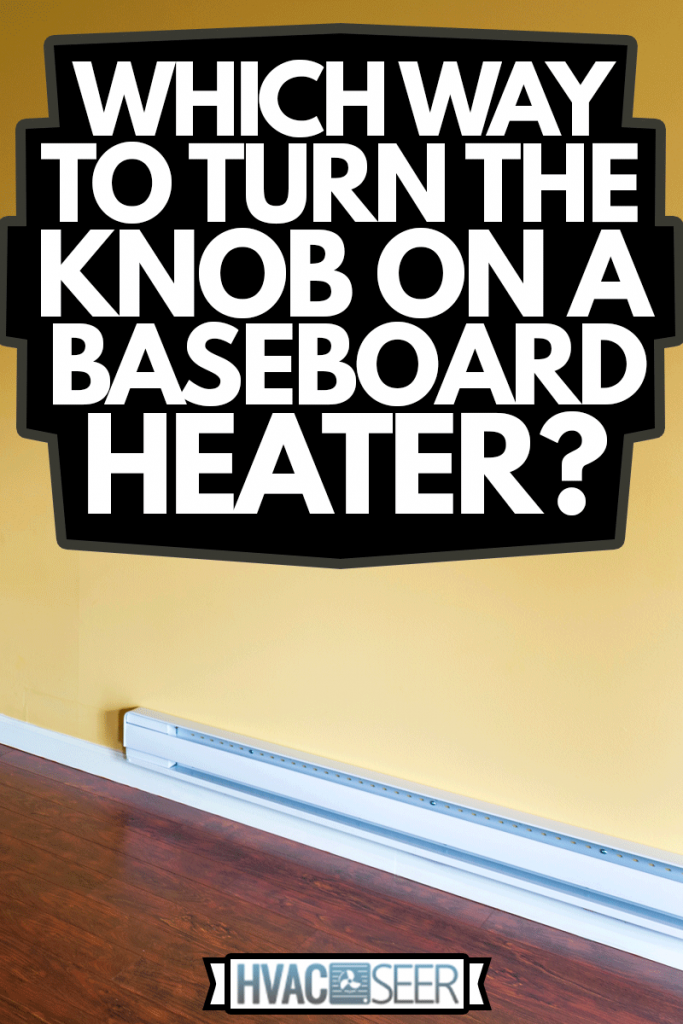
How Do You Control The Knob On Your Baseboard Heater?
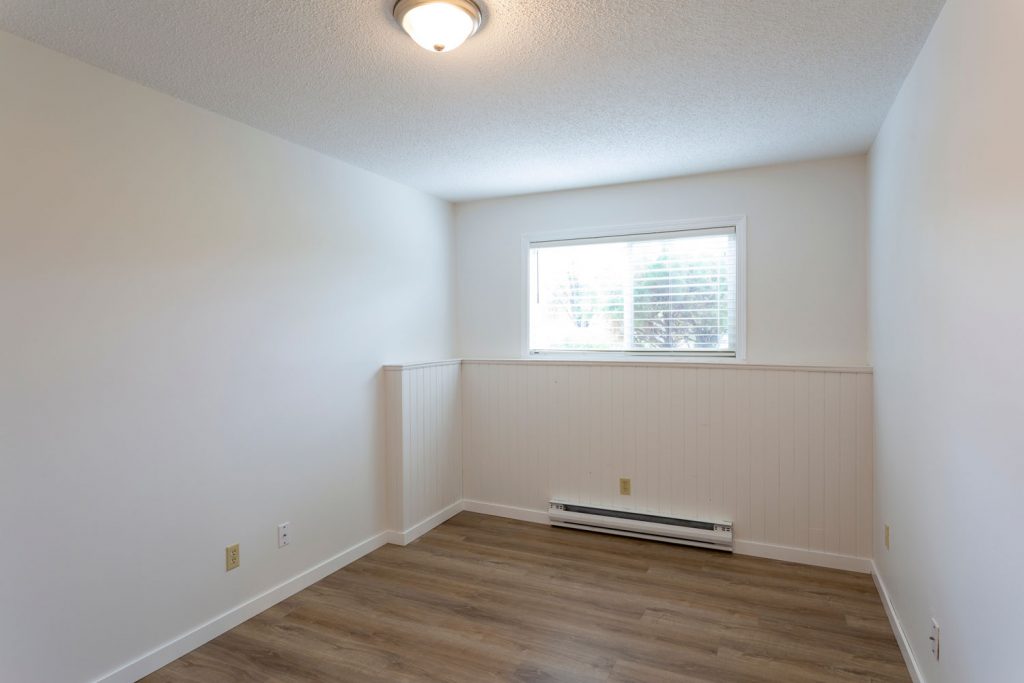
Ideally, there are two types of baseboard heaters, namely electric and hydronic. Let us look at each briefly.
Electric Baseboard Heaters
Click here to see this electric baseboard heater on Amazon.
Electric baseboard heaters heat cool air, which is drawn in at the bottom of a room near the floor and warms it over metal fins heated by electricity. The warm air is released back into the room.
Available in different sizes and heat capacity, they can be wired directly into your home’s electrical system or come as units that can be plugged into an electrical outlet.
Hydronic Baseboard Heaters
These types of heaters use water to radiate heat into a room. Water is heated by electricity as it passes through pipes inside the heater, or the water can be heated from a boiler and distributed through the pipes to radiate heat into a room. Some use oil instead of water.
These two types of baseboard heaters can either be turned on or off using a knob or thermostat. Below is an explanation of how to operate them:
Baseboard Heater With A Knob
The knob is basically a type of thermostat control that is operated by manually turning it either clockwise or counterclockwise when adjusting the temperature.
So, if your baseboard heater has a knob, controlling the temperature is very easy by turning it towards the lower setting to reduce the temperature or turning it to the higher settings to increase the heat produced.
To turn it off completely, set it in the ‘off’ position, and then unplug it from the electrical outlet.
Baseboard Heater With A Thermostat
You can still control your baseboard heater even when it does not have a knob. Instead, it is controlled either by a thermostat in-built into the heater or mounted on a wall.
You may choose to have a non-programmable thermostat that you will have to control manually. These are less expensive, less complicated, and easy to install.
You can also have a programmable thermostat, also known as a smart thermostat. These thermostats have a mechanism that adjusts the temperature automatically as per your needs.
For example, you can set it to shut off automatically just before you leave the house and turn it on by the time you get back home.
Have a look at this programmable thermostat on Amazon.
Click here to see this non-programmable thermostat found on Amazon.
Why Is My Baseboard Heater Not Turning On?
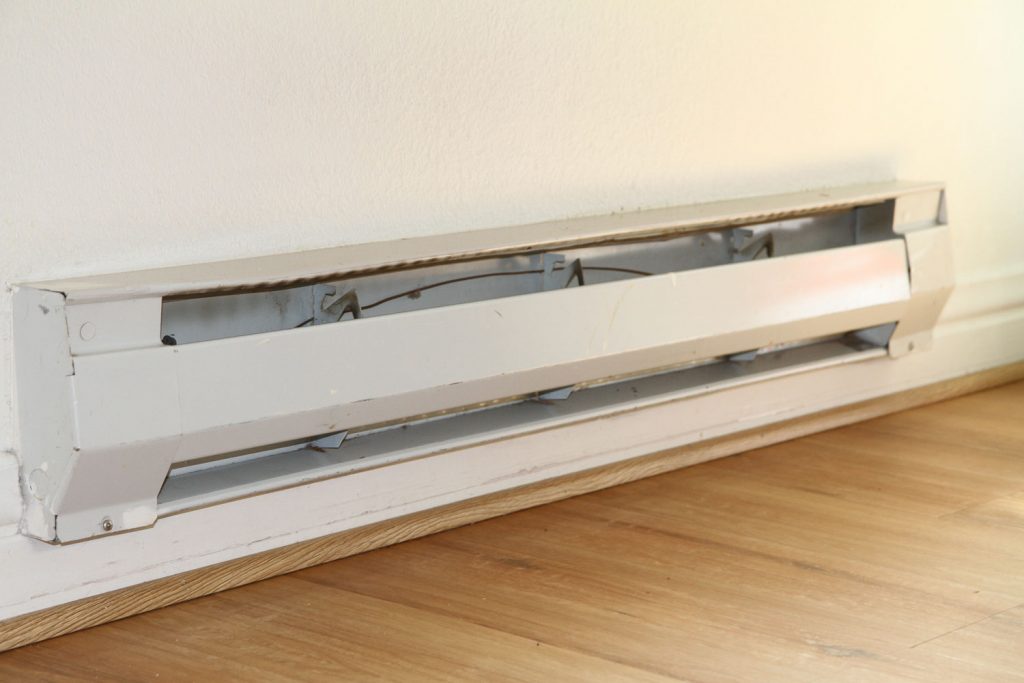
A baseboard heater can malfunction just like any other electrical component. Let us look at the most common problems and how to solve them:
Instant Tripping Of The Heater’s Circuit Breaker
If you turn on your heater and it trips immediately, there is likely a short circuit somewhere in the electrical system.
Call a technician to check the problem. You may choose to check it yourself, but remember, if you are not up to the task, don’t attempt any repairs. It's better to call an electrician.
Turn off the electricity from the breaker box and check the fuse. If it blew up, replace it with a new one. Also, if the circuit breaker feels hot, check if it has the correct amperage.
Normally 20 or 30 amps are suitable for a baseboard heater. If it is far much less, it may not be able to handle the electrical load of the heater and will need to be replaced with one that has higher amperage.
Next, inspect the electrical components inside the baseboard heater and check the wiring.
Several reasons would cause a short, including, wear and tear of the wire insulation exposing the wires, wrong wiring, or loose wire connections. Wires may be replaced to correct the problem.
If your baseboard heater runs for some time and then it trips, the thermostat may be defective.
Have a look at this breaker panel on Amazon.
Click here to see these 30 amp fuse (suitable for electric baseboards) on Amazon.
The Baseboard Heater Fails to Turn On
Check to ensure the curtain drapes, furniture, or nothing else is blocking the vents. To solve this, remove all obstructions near the heater. If this is not the issue, check the valves inside the heater.
If the valves are not lubricated well, they will corrode, causing them to stick together, preventing the release of heat from the heater. Lubricate the valves often to avoid this kind of problem.
The Baseboard Heater Fails to Turn Off
A baseboard may continue to run despite setting the thermostat to stop it from running. The thermostat may be faulty, and if it is not repaired or replaced, the energy bills could soar high. In most cases, the thermostat will need replacing.
To prevent an occurrence of the same, inspect your thermostat often for any possible damage before major problems erupt on your baseboard heater.
Burning Smell Coming From Baseboard Heater
If a burning smell is coming out of your heater, it could be due to the accumulation of dust on the vents that are burning or the lubricant could also be burning. This usually happens when the baseboard is not cleaned properly.
To fix this problem, switch off the heater, and wait for it to cool. Use a damp cloth to clean the vents. Call an electrician if the smell persists.
What Are The Pros And Cons Of A Baseboard Heater?
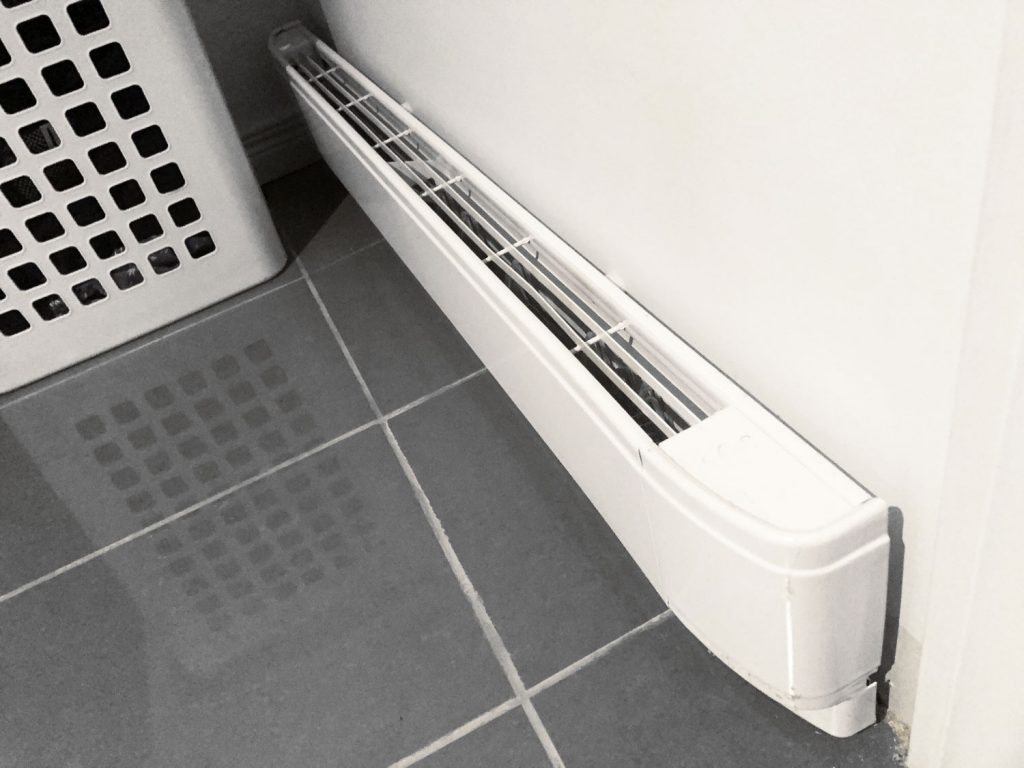
An electric baseboard is safe, efficient to use, and convenient. When turned on, it produces heat immediately. It also gives you the flexibility of heating each room individually, saving energy if some rooms are not being used.
With a wide range of heating appliances to choose from, it is important to know the benefits and drawbacks of a baseboard heater to make an informed decision.
The pros and cons are shown in the table below:
| Pros | Cons |
| Simple to install as it does not require ducts. | Cheap to install but expensive to run. |
| Easy to clean using a vacuum and brush to get rid of dust. | Requires consistent cleaning, otherwise, dust will accumulate and cause it to malfunction. |
| Requires minimal maintenance and repairs and thus can last between 15 and 20 years. | You have to be watchful and keen that nothing obstructs the air flow into your baseboard heater or it will stop working. |
| Easy and efficient to use. Only needed in rooms occupied. Also, they counteract the drafts that come through the windows, keeping you warm during winter. | |
| Quiet and peaceful - You can even sleep next to one without noticing it is there. |
Is It Expensive To Install A Baseboard Heater?

Installing electric baseboard heaters ranges anywhere between $390 and $1,190 with labor included, with an average cost of $780.
The average cost of labor per hour to install an electric board ranges between $75 and $250.
The overall costs, however, depend on several factors, which include:
- Model and type of baseboard heater.
- Inclusion of certain features, for example, a programmable thermostat is more expensive than one that is not.
- The number of baseboard units you will install in your home.
- The heating costs in your area.
In Closing
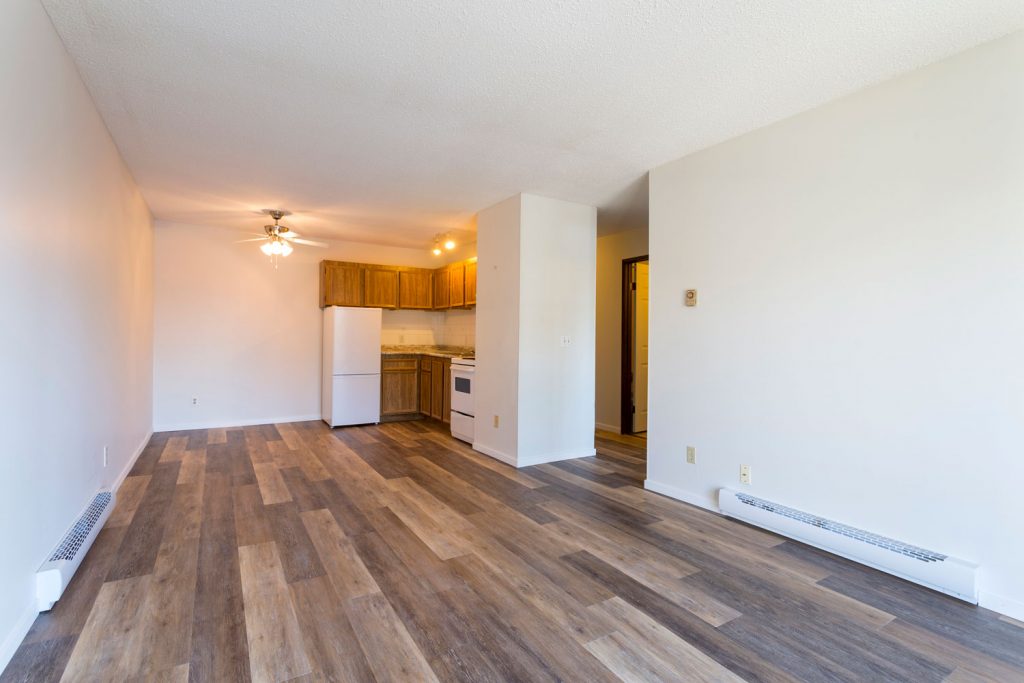
A baseboard heater is an efficient heating appliance because it can be used only when needed and is easy to install.
The temperatures are regulated by thermostats that are either in the form of a knob and programmable or non-programmable thermostats.
Some common problems that occur on a baseboard can be easily solved. However, remember that electricity can be dangerous and you are safer if you call an electrician to handle your maintenance and repairs.
Check out our other posts below if you may want to know the comparison between a baseboard and convection heaters, and also how a thermostat can be moved from one spot to another spot on the same wall:





